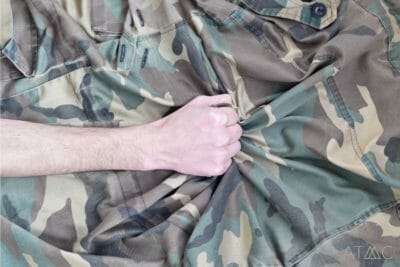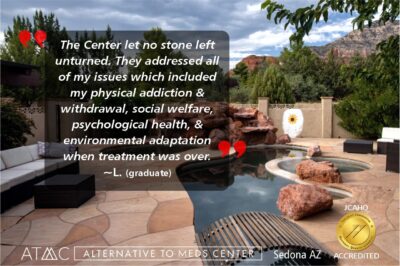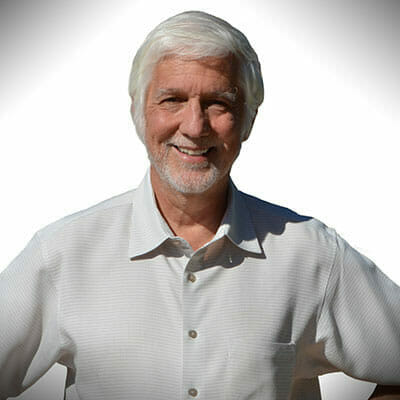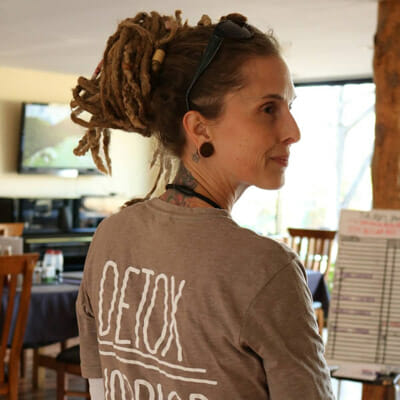Examples of PTSD:
- Residual effects from military combat experience.*
- Experiencing natural disasters, such as earthquakes or tornadoes
- Terrorist attack
- Violent personal assaults, such as sexual assault or robbery
- Serious accidents or witnessing a violent death
- Prolonged sexual abuse, violence, or severe neglect
- Receiving a diagnosis of a life-threatening condition
*A study on military veterans showed that up to 500,000 returning soldiers were diagnosed with PTSD from 2003 to 2016.
The diagnosis of PTSD has been used since 1980 to classify difficult symptoms presenting in an individual long term after a traumatic experience. PTSD is most well-known for causing extreme symptoms in those returning home from military service. While the diagnosis has become very common in today’s times, it is a relatively recent diagnostic term.1
To understand how PTSD came to be, we will take a look at the history of PTSD in the DSM (Diagnostic Statistical Manual).
PTSD and the DSM From 1952 to 2019
The DSM is a manuscript used by professionals in the field of mental health. The DSM describes patient diagnoses based on existing symptoms. Created in 1952, the DSM has undergone many revisions and additions based on new research and discoveries in modern medicine. While PTSD was not added to the DSM until 1980 in version DSM-III, symptoms experienced by those suffering from the symptoms have been recorded for hundreds of years.
1952
The DSM-I, developed by the American Psychiatric Association, was a tool assisting in the diagnosis of mental health disorders. PTSD was not listed in this early version. In the DSM-I, the term gross stress reaction was used for people who displayed symptoms after a traumatic event. Common traumatic events in these early days of the DSM included being a victim of a disaster or participating in a war. The gross stress reaction diagnosis, however, did not account for long-term symptoms of six months or more. The diagnosis was then removed from the following DSM version.
1968
With the rollout of the DSM-II, a new term was created called adjustment reaction to adult life. This explained PTSD-like reactions from trauma caused by three types of events:
- Fear due to combat in the military,
- Suicidal thoughts with an unwanted pregnancy,
- Ganser’s Syndrome5 – Determined by incorrect responses to questions, in death sentence prison cases.
While this was a minor improvement over the explanation given in the DSM-1, the DSM-II fell short of offering an in-depth assessment of the symptoms lingering in many trauma victims. The common types of trauma and symptoms experienced post-trauma by victims were yet to be acknowledged.
1980
The term was added to the DSM-III, linking traumas to wars suggesting it was a rare type of condition. Vietnam veterans, Holocaust survivors, sexual trauma victims, and others were included in the diagnostic population. After multiple revisions, the current DSM-V version suggests that the diagnosis is relatively common.
2019
Now considered a broad range of conditions with multiple sub-categories of symptoms. No longer considered an anxiety disorder in the DSM-V. but listed under “Trauma and Stressor-Related Disorders,” PTSD has been expanded to include multiple categories of symptoms.
 The history of PTSD treatment has ranged from lobotomies to drugs to ECT. The last few centuries have seen many ways to diagnose and treat mental health.
The history of PTSD treatment has ranged from lobotomies to drugs to ECT. The last few centuries have seen many ways to diagnose and treat mental health. Education about nutrition, and how the body works helps patients understand how best to achieve and maintain optimal natural mental health. Individual counseling and therapy are important aspects as well, but without helping the whole body’s ecosystem, including the brain and central nervous system recover, long-term healing may be hard to achieve.
Education about nutrition, and how the body works helps patients understand how best to achieve and maintain optimal natural mental health. Individual counseling and therapy are important aspects as well, but without helping the whole body’s ecosystem, including the brain and central nervous system recover, long-term healing may be hard to achieve.







